The world of audio production is undergoing a quiet revolution as spatial audio emerges from niche experimental status to mainstream adoption. Unlike traditional stereo mixes that confine sound to a left-right spectrum, spatial audio creates a three-dimensional soundscape that envelops listeners in a sphere of precisely positioned audio elements. This technological leap forward mirrors how surround sound replaced mono recordings decades ago - except spatial audio works equally well through headphones as it does through speaker arrays.
What makes spatial audio fundamentally different isn't just the number of channels, but how sound interacts with virtual space. Advanced algorithms simulate how audio waves behave in physical environments - reflecting off surfaces, attenuating with distance, and changing timbre as they move around the listener's head. When properly executed, a helicopter doesn't just pan from left to right; it circles overhead with doppler effects, its rotor blades churning the air above before fading into the distance behind the listener.
The creative possibilities excite both audio engineers and storytellers. Film mixers report using spatial audio to create unsettling horror effects where whispers seem to originate from inside the listener's skull. Podcast producers are experimenting with environmental ambiences that transport audiences to rainforests or urban streetscapes. Even music producers are rethinking arrangements - placing backup vocals spatially "above" lead vocals or having percussion elements orbit the listener's head.
Technical implementation requires rethinking traditional workflows. Most DAWs now support spatial audio authoring through plugins or built-in tools, but the mixing approach differs significantly from stereo production. Sound sources need positioning in three dimensions during the mix, not just panning. Reverberation takes on new importance as it helps sell the illusion of space. Engineers must consider how head movements (tracked by compatible devices) will affect the perception of sound placement.
The listening environment presents another layer of complexity. Spatial audio renders differently through binaural headphone playback versus multi-speaker setups. Apple's Spatial Audio and competing systems each have proprietary approaches to handling these translation challenges. Forward-thinking engineers now create multiple optimized versions of their spatial mixes, similar to how film soundtracks get separate theater, TV, and home video mixes.
Consumer adoption is accelerating faster than many predicted. Streaming platforms now host growing libraries of spatial audio content, while next-generation gaming consoles bake spatial support into their audio engines. The VR/AR sector considers spatial audio table stakes for believable virtual environments. Even social media platforms are experimenting with spatial audio features for voice notes and video posts.
Quality control remains an evolving challenge in this new frontier. Without standardized monitoring environments, mixes that sound spectacular on one playback system may fall flat on another. The industry is developing new reference tracks and measurement tools specifically for spatial evaluation. Some studios are investing in specialized listening rooms with height channels and movable speaker arrays to properly audition their spatial mixes.
The creative community continues pushing boundaries with the format. Experimental artists are composing pieces where sounds follow complex flight paths around listeners. Audiobook producers are enhancing narration with environmental sounds that shift to match story events. Live music recordings now sometimes include spatial audience ambience captured via specialized microphone arrays.
As the tools become more accessible, spatial audio stands poised to redefine our expectations of recorded sound. Much like color revolutionized cinema after decades of black-and-white films, spatial audio represents more than a technical upgrade - it's a fundamental expansion of audio's storytelling vocabulary. The next generation of listeners may find flat stereo mixes as quaint and limited as modern viewers find silent films.
Production houses investing in spatial capabilities today position themselves at the forefront of this audio revolution. Those who master the format's unique demands will shape how we experience sound in everything from entertainment to education to virtual workspaces. The spatial audio era isn't coming - it's already here, waiting for creators to explore its full potential.

By /Jul 9, 2025
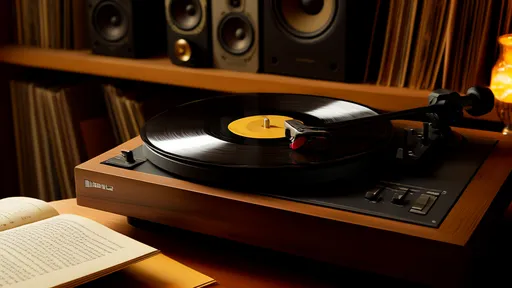
By /Jul 9, 2025

By /Jul 9, 2025
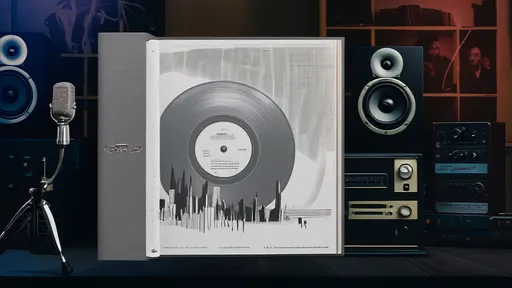
By /Jul 9, 2025

By /Jul 9, 2025

By /Jul 9, 2025

By /Jul 9, 2025

By /Jul 9, 2025

By /Jul 9, 2025
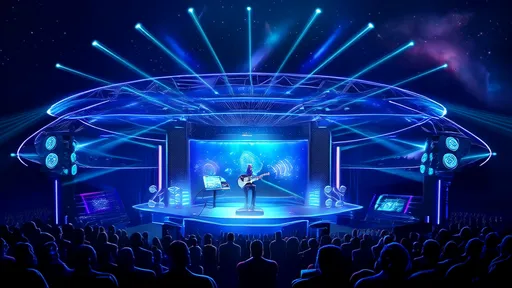
By /Jul 9, 2025
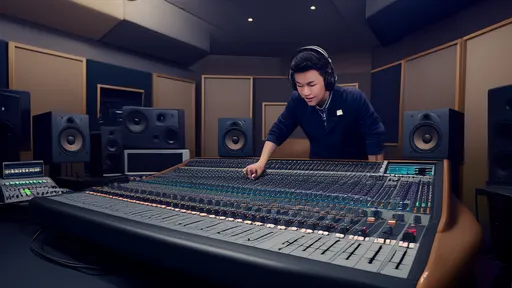
By /Jul 9, 2025
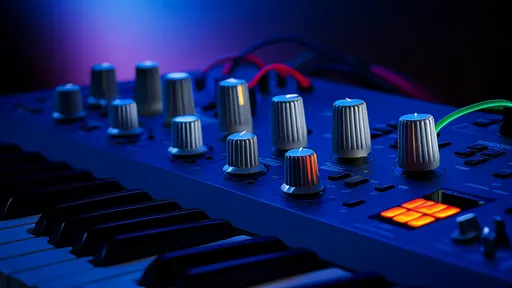
By /Jul 9, 2025

By /Jul 9, 2025
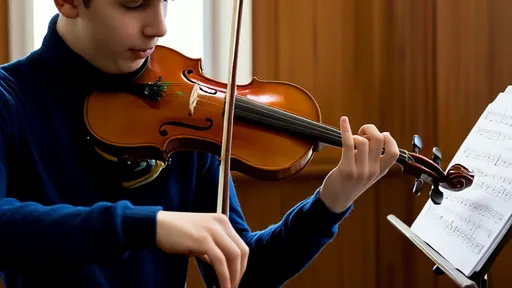
By /Jul 9, 2025
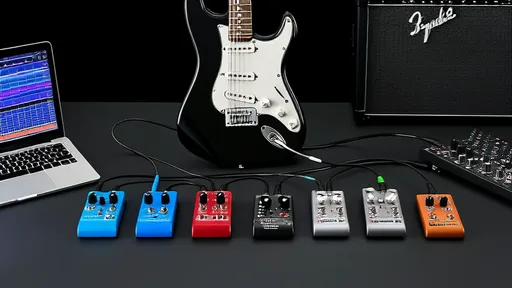
By /Jul 9, 2025
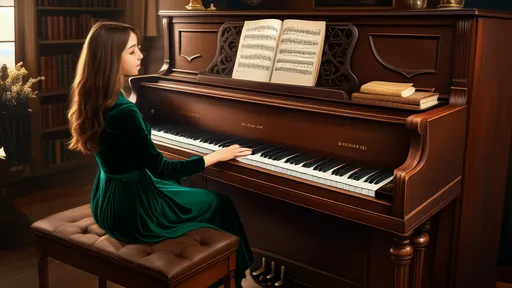
By /Jul 9, 2025
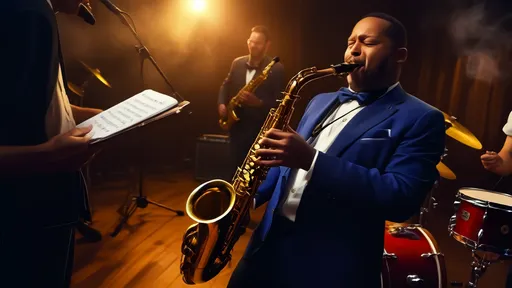
By /Jul 9, 2025
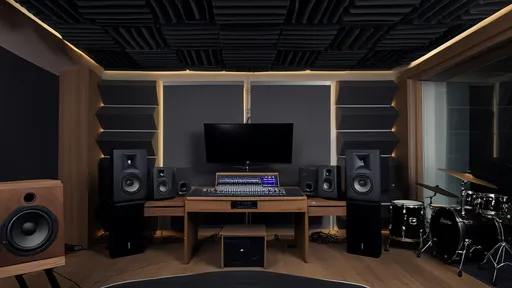
By /Jul 9, 2025